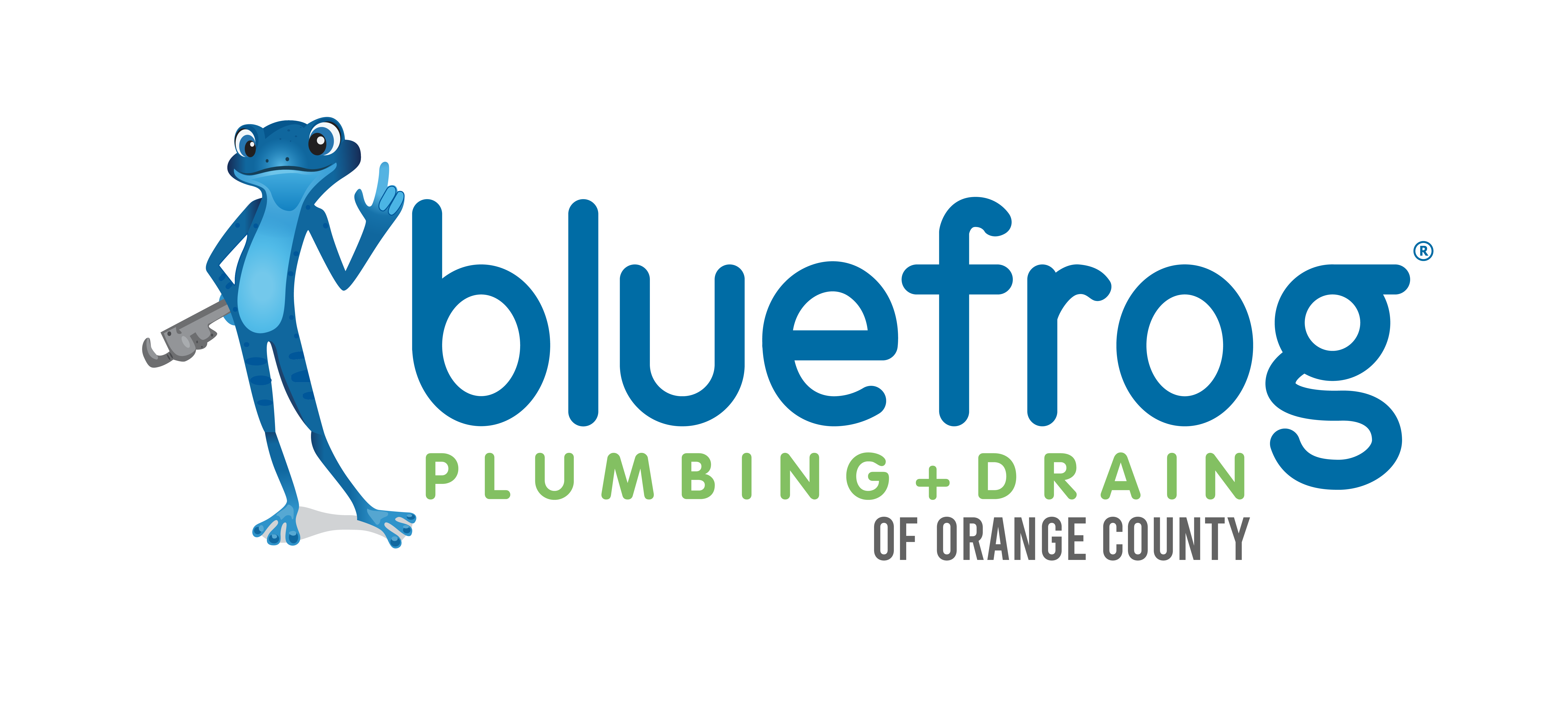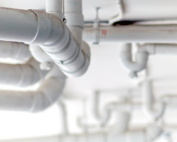Adjusting your water heater temperature can yield benefits such as energy savings, increased comfort, and safety. Lowering the temperature can reduce energy consumption and lower utility bills, as your heater will work less to maintain the set temperature. It can also minimize the risk of scalding, particularly for young children and the elderly, who have sensitive skin. Conversely, raising the temperature can improve the hot water supply for larger households, ensuring comfortable showers and efficient cleaning. However, be cautious not to exceed 140°F (60°C), as it can promote bacterial growth like Legionella. Balancing energy efficiency, comfort, and safety should guide your decision when adjusting your water heater temperature.
Traditional Water Heaters
If you have a traditional water heater with a water tank, then follow these steps to increase or decrease the water heater’s temperature. REMEMBER, if you have an electric water heater, be sure to turn off the power before performing any work on the unit.
- Turn Off Power: For an electric water heater, switch off the circuit breaker. For a gas water heater, turn the gas control dial to the “off” position.
- Locate Thermostat: For an electric water heater, there may be two thermostats: one for the upper and one for the lower heating element. Remove the access panels covering the thermostats. For a gas water heater, the thermostat is usually integrated with the gas control valve.
- Test For Voltage (electric only): Use a non-contact voltage tester to ensure there is no electricity flowing to the thermostats.
- Adjust Temperature: For an electric water heater, use a flat-head screwdriver to adjust the thermostats’ temperature dials. For a gas water heater, turn the temperature dial on the gas control valve to the desired setting. It’s recommended to set the temperature between 120°F (49°C) and 140°F (60°C).
- Insulate Thermostats (electric only): After adjusting the temperature, replace the insulation pads over the thermostats.
- Close Access Panel (electric only): Replace the access panels covering the thermostats.
- Restore Power: For an electric water heater, turn the circuit breaker back on. For a gas water heater, turn the gas control dial to the “on” position and relight the pilot light if necessary.
- Test the New Temperature: Wait for a few hours, then run hot water from a faucet to check the temperature with a thermometer. Adjust the thermostat again if necessary.
Tankless Water Heaters
Adjusting the temperature on a tankless water heater is much more simple. In fact, most tankless units have an exterior thermostat that works similarly to the thermostat controlling your home’s HVAC unit. Follow these steps to increase or decrease the temperature of your tankless heater.
- Turn Off Power: For safety, switch off the power to the water heater at the circuit breaker (for electric models) or shut off the gas supply (for gas models).
- Locate The Control Panel: Find the control panel or digital display on the water heater, which is typically on the front of the unit.
- Adjust The Temperature: Using the buttons, dials, or digital interface on the control panel, adjust the temperature to your desired setting. It is typically recommended to set the temperature between 120°F (49°C) and 140°F (60°C). Refer to your water heater’s user manual for specific instructions on adjusting the temperature.
- Save and Confirm: Save the new temperature setting if required, and wait for the unit to display confirmation or reach the desired temperature.
- Power On The Unit: Turn on the power to the water heater at the circuit breaker (for electric models) or restore the gas supply (for gas models).
- Test the New Temperature: Run hot water from a faucet and use a thermometer to check the temperature. If necessary, adjust the temperature setting again.
Looking For A Water Heater Plumber In Orange County?
If you are out of hot water, you need to call a water heater plumber in Orange County today. We have been repairing and replacing water heaters in Orange County for many years. Our team of technicians are experts at diagnosing water heater problems and getting them fixed right away! Contact us to schedule an appointment to discuss your plumbing needs.

Slab Leaks: A True Plumbing Emergency
Home building following World War II was aggressive, so many houses were built on cement foundations to reduce the time it took to build them and to keep costs at a minimum. They were
How To Extend The Life Of Plumbing Pipes
A plumbing system consists of a complicated series of pipes, fixtures, and appliances that provide the infrastructure to run a well-functioning home. In this article, we will focus solely on plumbing pipes and ways
3 Silent Signs You Have A Plumbing Problem
Some plumbing issues announce themselves with a fury such as a drain backing up with sewage or a burst pipe, while others remain silent and destructive. In this article, we will reveal 3 signs



